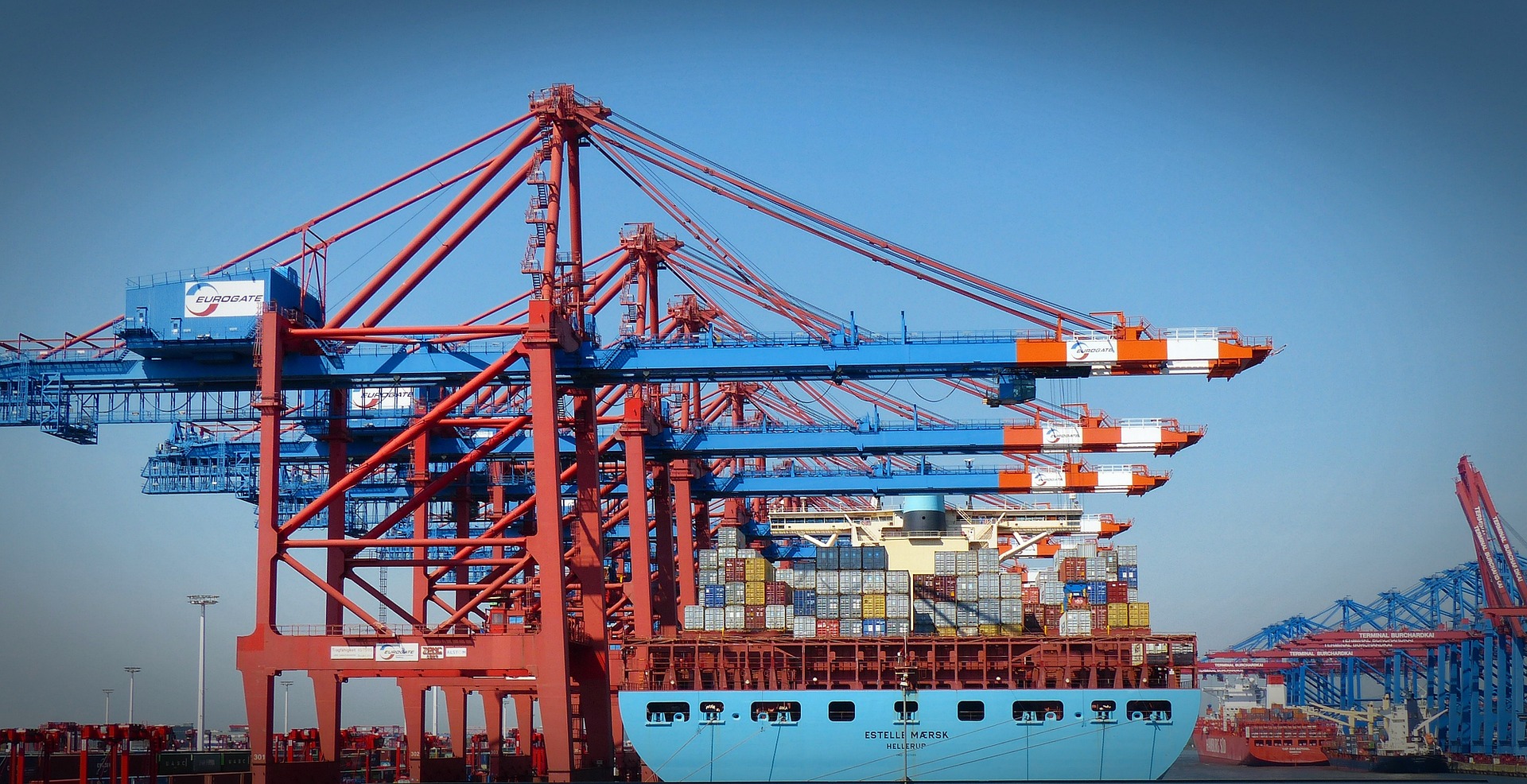Globalization is accelerating at a phenomenal rate. Global trade is projected to grow at 10% plus, year over year for the foreseeable future. Businesses in the EU and US are increasing their investment in manufacturing and sourcing offshore.
This trend raises critical challenges for international supply chain, quality control, traceability and logistics management. Off shore sourcing provides lower cost, higher agility and greater performance advantages. At the same time, considerations on these advantages have to be balanced against higher logistics costs, supply chain fulfilment and supplier management risks. Many sourcing strategies underestimate the magnitude of the hidden costs of a longer international supply chain, including increased transaction cost and complexity, reduced flexibility, potential lost gross margin from delivery delays and cargo loss, resulting in production delays and or missed sales. As an example: The trade thumb rule indicates 3% more container traffic volume for each percent growth in GDP. This results in a projected container traffic volume of around 700 Million TEU by 2015 (+ 195%), whereas the capacity of the top 30 ports only increases by +37% in the same timeframe. In fact, some of the ports are already congested causing increase in port related charge and delivery delays. Such “isolated“ situations do have a great impact in today’s economy as they are a link of a global chain – and the chain is only as strong as the weakest link. It is necessary to rethink or even re-programme the way trade is executed, and new processes may need to be designed.



